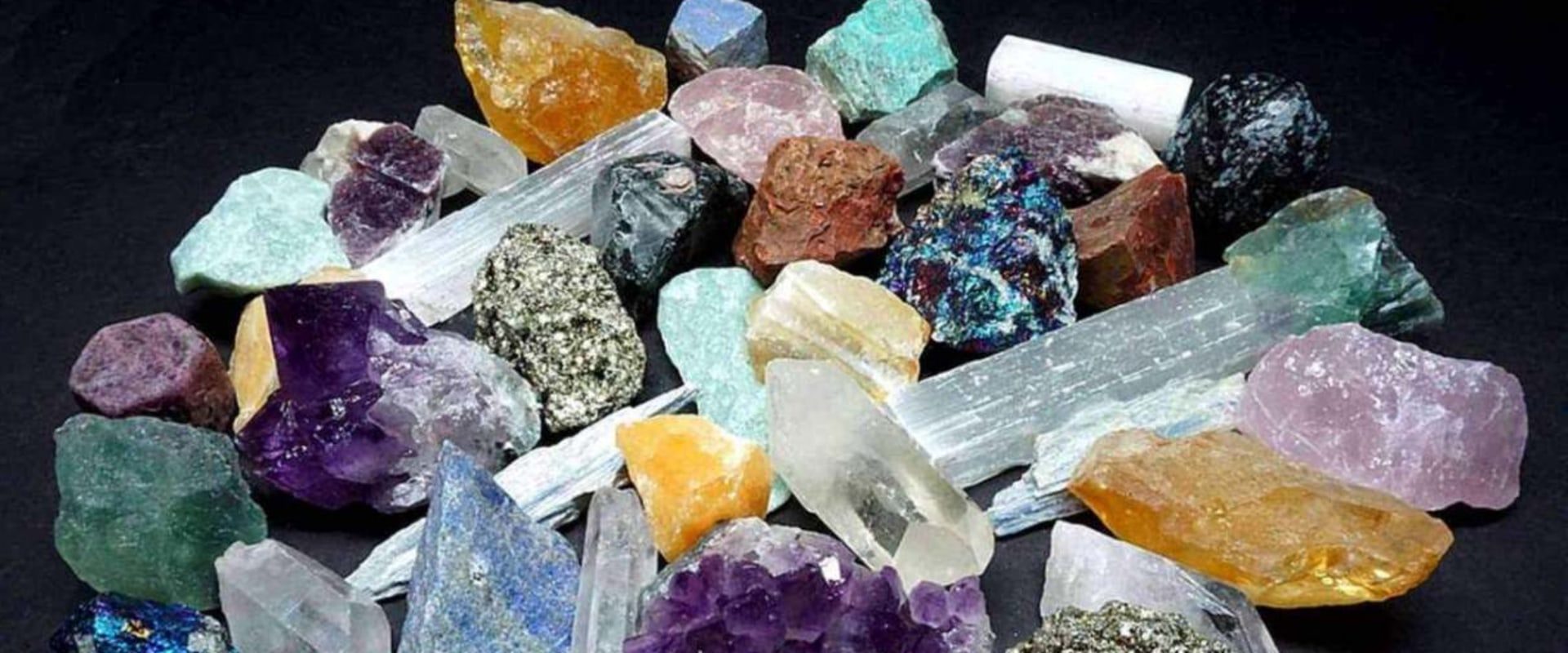The process of crystal formation in the Earth can take anywhere from a few days to a thousand years. Natural crystals that come from the Earth's crust are formed when the liquid inside the Earth consolidates and the temperature cools. The formation of quartz requires a gradual cooling of magma or a slow precipitation of hydrothermal solution. Quartz crystals can take thousands of years to form, but small-sized quartz crystals can form in as little as one day.
Crystals larger than several kilograms can form in just a few months, depending on the heat and pressure conditions, as well as the availability of silica and water nutrients. Ghostly and glorious, it's when a transparent crystal gets a new layer from another crystal that grows on it. This process can take more than three years, and requires an excursion to collect crystal samples from a pegmatite mine, hundreds of laboratory measurements to accurately map the chemical composition of the samples, and a deep dive into some materials science articles from 50 years ago. For those who love the idea that crystals are born from the Earth for millions of years, the crystallization that occurs underground is very exciting.
Crystals that are perfectly crystallized minerals can also produce different color glows under UV light. These ghostly layers form over hundreds of years inside a crystal due to the rest of the hot water solutions trapped inside the cavities of the preformed glass. These crystals are colored with the help of modern heat treatment of certain types of amethyst crystals that can be found naturally in igneous rocks. The most common bright crystals are well-formed cubic crystals of fluorite, calenohedral, prismatic calcite, apatite, corundum (ruby and sapphire), aragonite, scheelite and selenite, gypsum.
There are no restrictions on the size a single crystal can grow; if supported by its environment, an older crystal will start to grow again and essentially swallow up any new crystal. Existing crystals will continue to grow and SiO4 tetrahedrons will be added layer by layer to further improve and complete these existing crystals. Some crystals need heat and water to form, such as quartz, which is one of the best-known and most loved types of crystals in existence. There are many factors that can affect crystal creation, from environment to temperature and atom organization which can affect light, different colors and texture of the crystal.
The process that forms quartz crystals is very complex and requires immense pressure to form these crystals over time.
